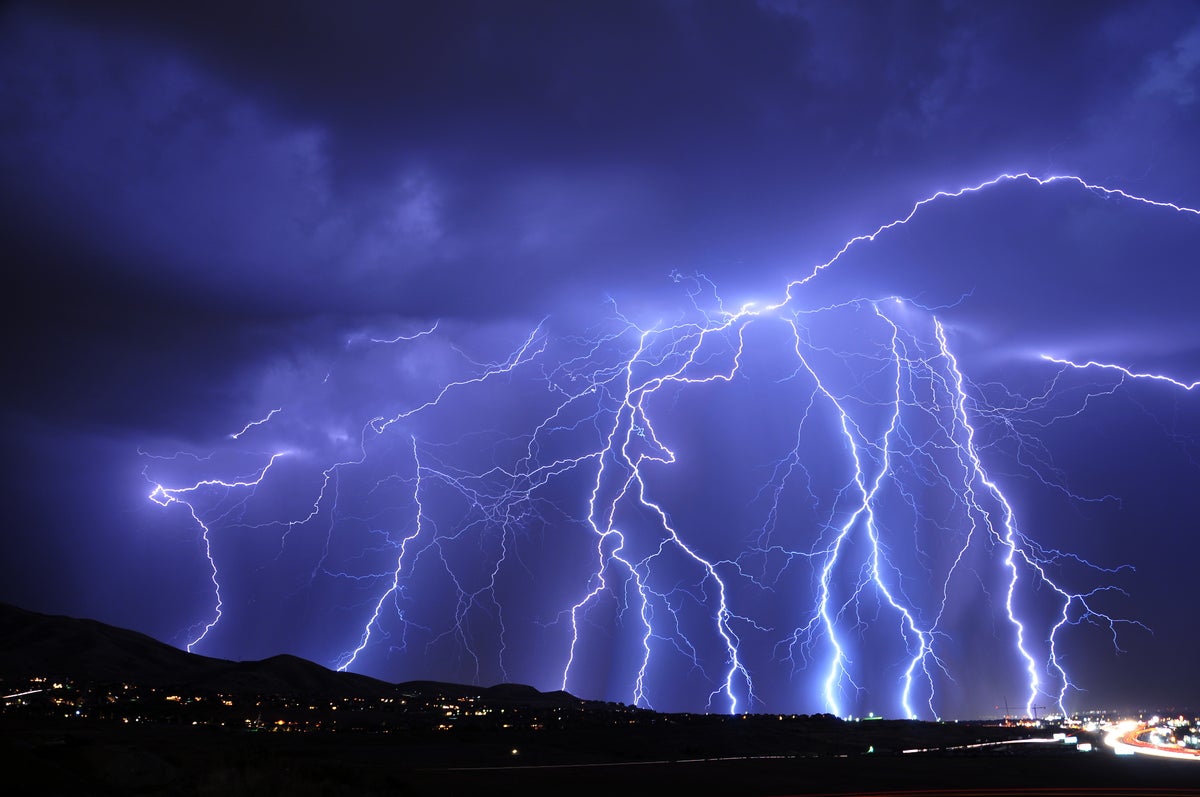515-Mile-Long Lightning Megaflash Sets New World Record
Join Our Community of Science Lovers!
When a potentially record-breaking weather event occurs, it gets passed to the committee, where a panel of scientists and other experts assesses whether the event truly represents a new record. If the panel votes to approve it, the record is entered into the WMO’s World Weather and Climate Extremes Archive. Michael Peterson, an atmospheric scientist at the Severe Storms Research Center at the Georgia Tech Research Institute, flagged the new record-holder last year while reanalyzing 2017 satellite data. Recording such extreme weather events can help us develop new tools to predict severe storms and understand their behavior, he says.
The previous record-holder, a bolt of lightning measuring 477 miles that struck during a storm in 2020, also originated in Texas. This is no coincidence, Peterson says. The south-central Great Plains in the U.S. represent one of few hotspots in the world for the giant complexes of thunderstorms in which these superlong “megaflashes” are most likely to occur. These complexes arise when many smaller storms coalesce into one large system⁠. The 2017 complex spanned all the way from Texas to Minnesota.
If you’re enjoying this article, consider supporting our award-winning journalism by subscribing. By purchasing a subscription you are helping to ensure the future of impactful stories about the discoveries and ideas shaping our world today.
READ MORE: How to Stay Safe during Lightning Storms
This map of the record lightning strike shows its development over time. The circles represent cloud-to-ground strikes and are colored by polarity.
Emma R. Hasson is a Ph.D. candidate in mathematics at the City University of New York Graduate Center with expertise in math education and communication. Hasson is also a 2025 AAAS Mass Media Fellow at Scientific American.
Source: www.scientificamerican.com
